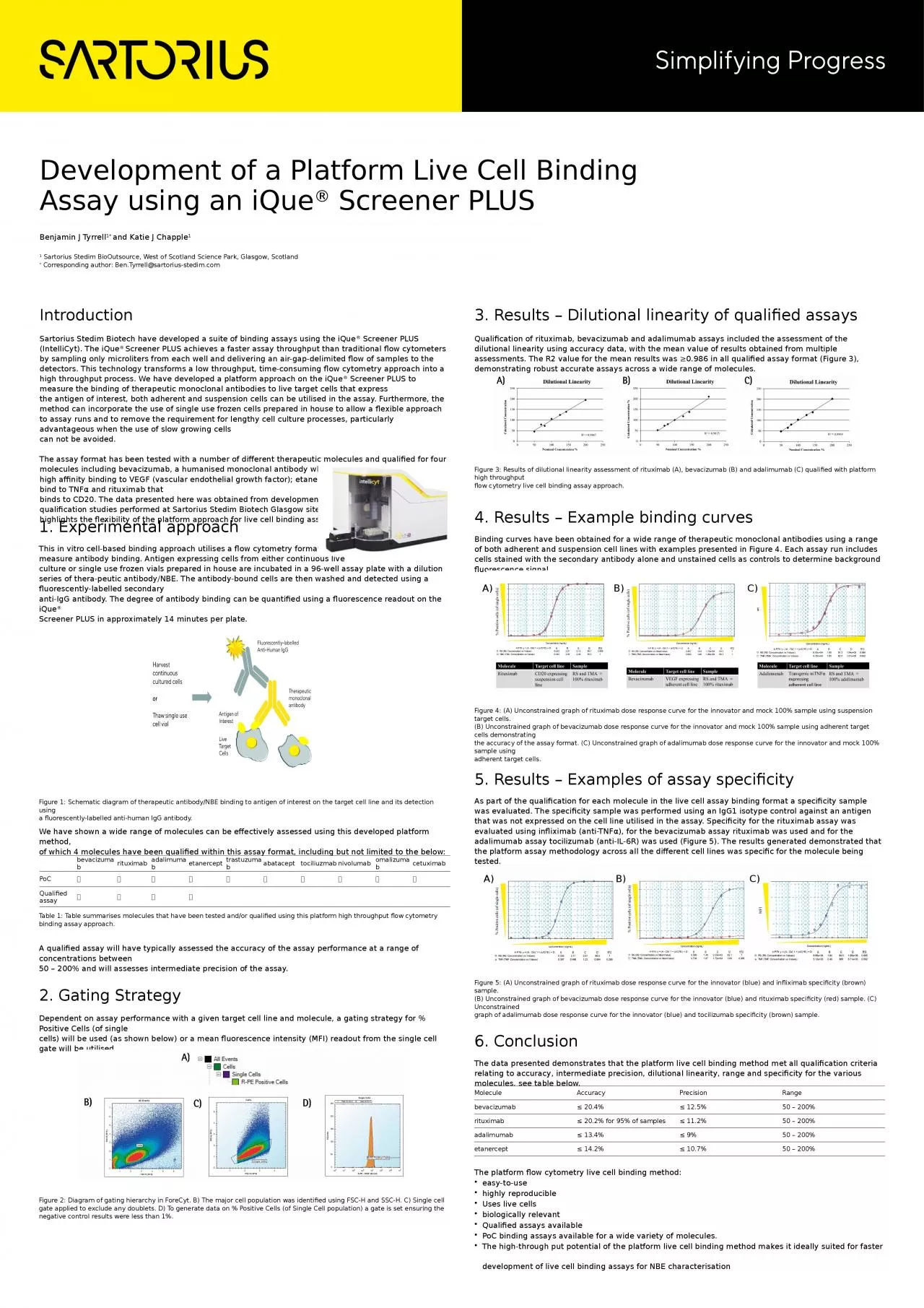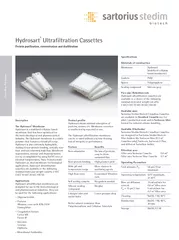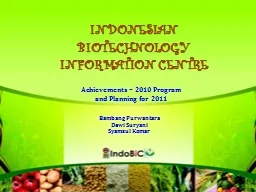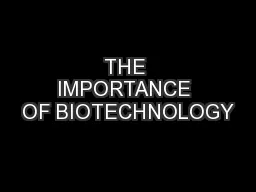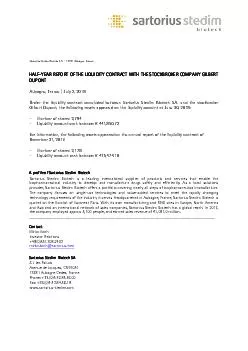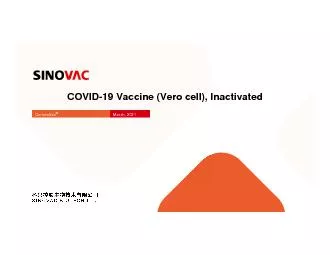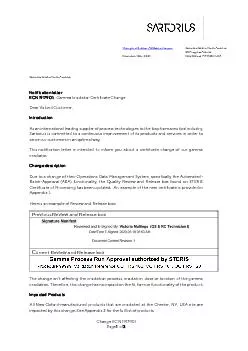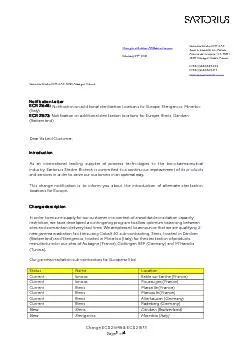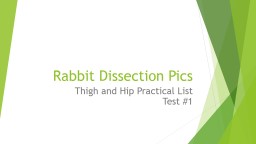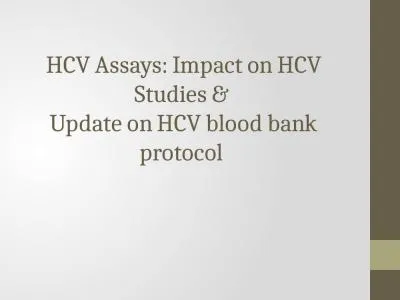PPT-Sartorius Stedim Biotech have developed a suite of binding assays using the
Author : harper | Published Date : 2023-11-07
iQue Screener PLUS IntelliCyt The iQue Screener PLUS achieves a faster assay throughput than traditional flow cytometers by sampling only microliters from
Presentation Embed Code
Download Presentation
Download Presentation The PPT/PDF document "Sartorius Stedim Biotech have develope..." is the property of its rightful owner. Permission is granted to download and print the materials on this website for personal, non-commercial use only, and to display it on your personal computer provided you do not modify the materials and that you retain all copyright notices contained in the materials. By downloading content from our website, you accept the terms of this agreement.
Sartorius Stedim Biotech have developed a suite of binding assays using the: Transcript
Download Rules Of Document
"Sartorius Stedim Biotech have developed a suite of binding assays using the"The content belongs to its owner. You may download and print it for personal use, without modification, and keep all copyright notices. By downloading, you agree to these terms.
Related Documents

